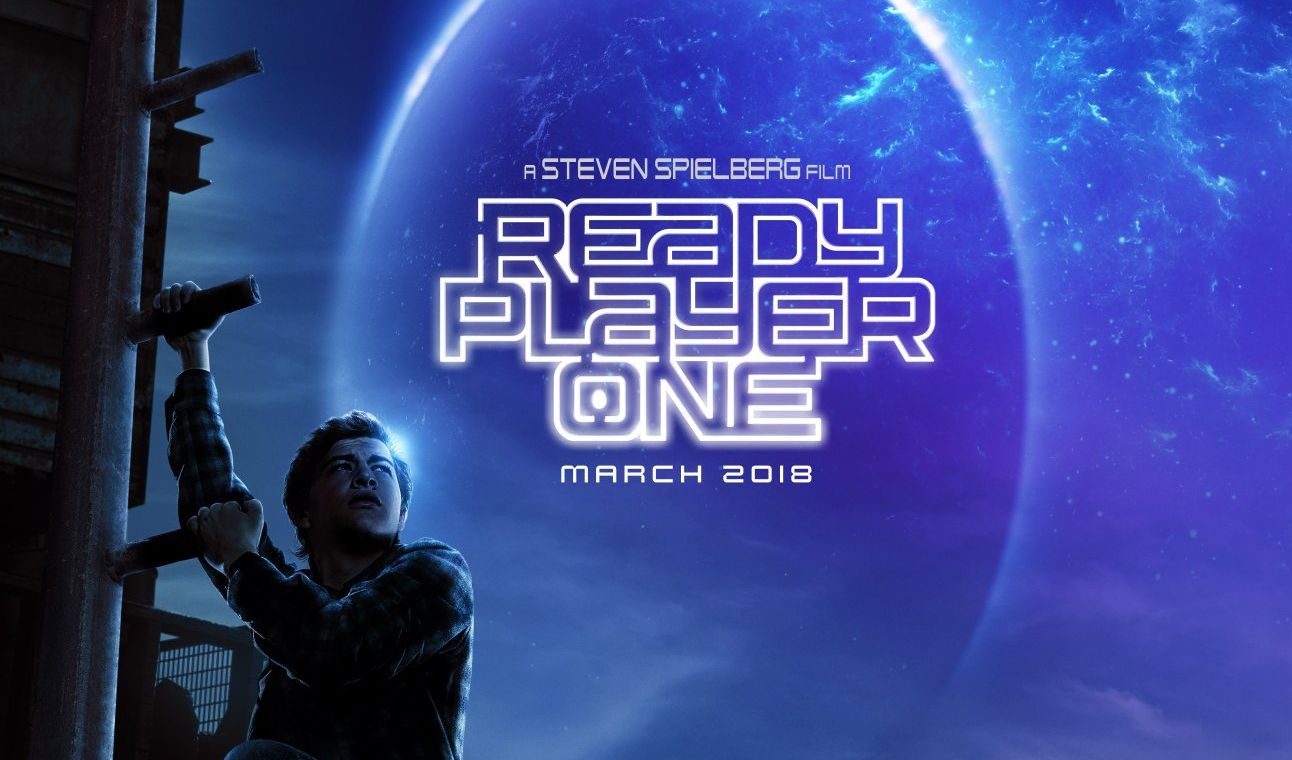Spielberg releases “Ready Player One” as Easter surprise
Interweaving pop culture references from the nostalgic ’80s into an unknown future, Steven Spielberg released Ready Player One and its hidden Easter eggs to create both a flash-back to childhood joy and flash-forward to adult anticipation. For video game lovers, this movie deserves a big thumbs up for re-igniting our past memories with games such as Mario, Adventure, Donkey Kong, Street Fighter II, Pac-Man, Space Invaders, Star Raiders, Tempest, and many more.
Released on March 30th in China, Ready Player One is a science-fiction adventure-game movie produced by Steven Spielberg and based on Ernest Cline’s original book with the same title. In 2045 Columbus, Ohio, much of humanity’s liveliness and social interaction are desolated in a dumpster village (with the exception of Sorrento’s I.O.I. Company). And the only way to “live a real life” is by entering OASIS or the Ontologically Anthropocentric Sensory Immersive Simulation, where everyone and everything is beautified and the dystopian reality is forgotten. As James Halliday, the founder of OASIS, passes away, he challenges people to find the Easter egg, which holds the entire game program ownership and monetary prize. The so-called gunters or “egg hunters” join in a quest that could win them a better life. However, there are three keys and sub-games which they must win. 18-year old Wade Watts, who goes by his avatar-name Parzival, befriends several online-friends, including Art3mis, Aech, Daito, and Sho, to win the game, and eventually finds a way to make real-life friends outside the VR-developed world. As for the bad news, his opponents are an army of Halliday-researchers from the company I.O.I., led by Sorrento.
Let’s take a step back from the fancy VR visuals and hero-journeyed plot and appreciate what I believe is the real juice: the pop-culture allusions to varying movies, video games, songs and historical characters. Bombarding the audience with this giant amalgam of cross-game references from the start, Author Ernest Cline recalls weaving in references that come from his childhood in the 1980s. Adventure was probably the most important game-reference in both the novel and game, for it way the final stage to become the worthy warrior of the Easter egg, which was another reference to the same prize won in Adventure. Everquest was the first massive multi-player game online, in which people began creating strong relationships in the online world. Although some references were more direct, games like Street Fighter, Dungeons and Dragons, and Overwatch were blended into the movie in shapes of characters, items, and avatar abilities. One of our own teachers, Mr. Patrick McCann, himself very familiar with them, said “I felt more connected, because I had the chance to play the games referenced in it. However, the scriptwriting and acting was done poorly, and I thought it could have been better.”
The 1980s movies were another great hit. The first reference that I spotted was the Delorean DMC-12 car from Back to the Future itemized by Parzival. DC characters were also made into avatars, such as Harley Quinn and Joker from Suicide Squad in the dance scene, and the disguise as Clark Kent from Superman. And there’s also King Kong, Jurassic Park, Batman, Monty Python and the Holy Grail, The Shining, Lord of the Rings, Ghost Busters, The Matrix, and several other nostalgic movie elements that can be spotted throughout. Robin Jeon (12A) expressed “I liked the way Spielberg brought in movie bits…The Shining was the best part! It was because I knew these references that I was able to enjoy it fully.” Moreover, songs containing the 70s and 80s’ groove were also inserted within the dance and war scenes. For example, “Stayin’ Alive” by the Bee Gees brought the audience back to the Seventies’ dance club memories, and “We’re Not Gonna Take It” by Twisted Sister was Parzival’s war-song against the IOI when the wall started crippling.
However important finding the overwhelming amount of surprise references are, Steven Spielberg and Ernest Cline have a greater concern: complete submission to the virtual world. Halliday phrases it as “I created the OASIS because I never felt at home in the real world. I didn’t know how to connect with people there. I was afraid, for all of my life, right up until I knew it was ending. That was when I realized, as terrifying and painful as reality can be, it is also the only place where you can find true happiness. Because reality is real.” Although critics suppose that Spielberg has gone too far in exaggerating the downsides of VR programs, I believe that whether our future becomes like that designed in E.T. or Ready Player One, we should always keep our eyes wide-open to both the advantages and disadvantages of upcoming virtual technologies.
If you missed out the Easter egg hunt, here are some nostalgic online games to fiddle with:
http://arcade.readyplayeronemovie.com/sinistar/
http://arcade.readyplayeronemovie.com/tapper/
http://arcade.readyplayeronemovie.com/joust/
http://arcade.readyplayeronemovie.com/defender/
http://arcade.readyplayeronemovie.com/key/
Featured Image – Ready Player One movie poster Courtesy of Warner Bros. Pictures

